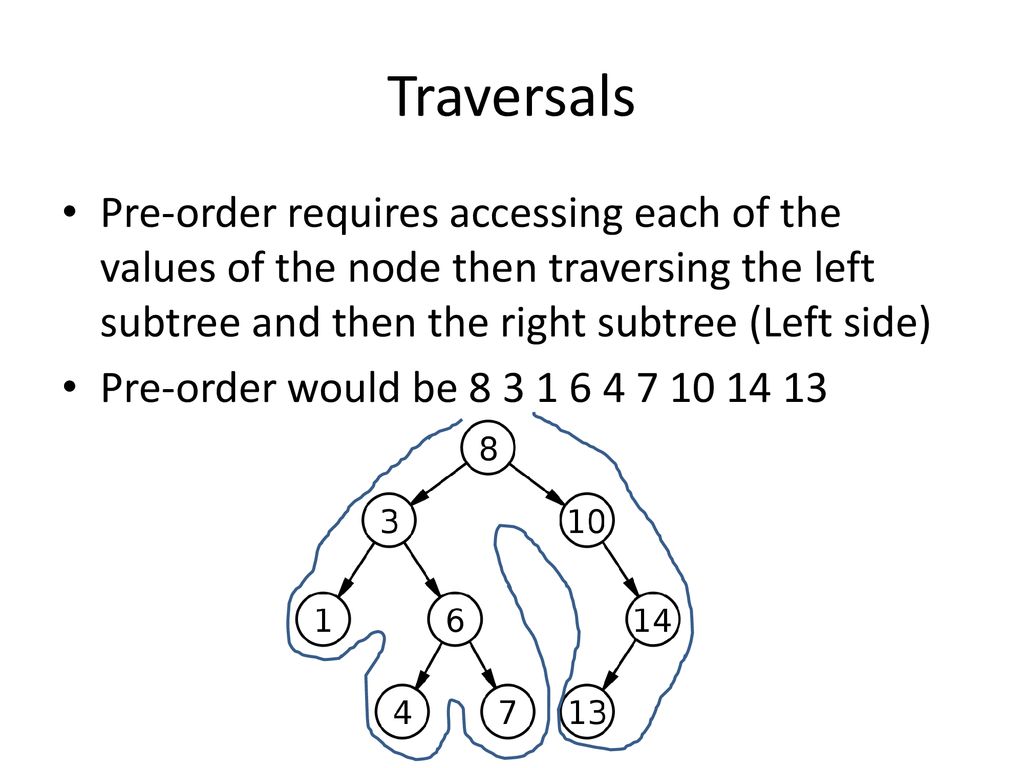Introduction
In the face of mounting environmental challenges, the need for sustainable forestry practices has never been more urgent. “Subtreeleft.eu” stands at the forefront of this movement, championing innovative and ecologically sound methods to manage and preserve Europe’s forested landscapes. This article delves into the mission, practices, and impact of “Subtreeleft.eu,” providing a detailed overview of how this initiative contributes to sustainable forestry.
Understanding Sustainable Forestry
What is Sustainable Forestry?
Sustainable forestry is the practice of managing forest resources to meet current needs without compromising the ability of future generations to meet theirs. It involves maintaining the health and diversity of forest ecosystems, ensuring that they continue to provide economic, social, and environmental benefits.
Importance of Sustainable Forestry
Sustainable forestry is crucial for several reasons:
- Environmental Benefits: It helps in maintaining biodiversity, protecting watersheds, and mitigating climate change by sequestering carbon.
- Economic Benefits: Forests provide raw materials for various industries, recreational opportunities, and jobs.
- Social Benefits: Forests are vital for the well-being of communities, offering cultural, aesthetic, and recreational value.
The Mission of “Subtreeleft.eu”
“Subtreeleft.eu” is dedicated to promoting sustainable forestry practices across Europe. Its mission is to ensure that forests are managed in a way that maintains their biodiversity, productivity, and ecological processes while supporting the livelihoods of people who depend on them.
Read More myenvoyair
Key Objectives
- Conservation of Biodiversity: Protecting the variety of species and ecosystems within forest landscapes.
- Sustainable Resource Management: Balancing the extraction of forest resources with the preservation of forest health.
- Community Engagement: Involving local communities in forest management decisions and practices.
- Research and Education: Advancing knowledge and awareness about sustainable forestry practices.
Practices and Approaches
Ecological Forest Management
“Subtreeleft.eu” employs ecological forest management practices that focus on preserving natural forest dynamics. This approach includes:
- Selective Logging: Harvesting trees in a way that mimics natural disturbances, allowing the forest to regenerate naturally.
- Mixed-Species Plantations: Planting a variety of tree species to enhance biodiversity and resilience.
- Continuous Cover Forestry: Maintaining a continuous canopy cover to protect soil and water resources.
Climate-Smart Forestry
To address the impacts of climate change, “Subtreeleft.eu” integrates climate-smart forestry practices. These practices aim to increase the resilience of forests to climate-related threats while enhancing their role in carbon sequestration.
- Adaptive Management: Adjusting management practices based on monitoring and research to respond to changing climatic conditions.
- Carbon Management: Implementing strategies to increase carbon storage in forests and reduce greenhouse gas emissions from forest operations.
- Species Selection: Choosing tree species that are more resilient to climate change impacts such as droughts and pests.
Community-Based Forestry
Engaging local communities is a cornerstone of sustainable forestry. “Subtreeleft.eu” emphasizes community-based forestry, which involves:
- Participatory Planning: Involving community members in the decision-making process for forest management.
- Benefit Sharing: Ensuring that local communities receive a fair share of the economic benefits from forest resources.
- Capacity Building: Providing training and resources to help communities implement sustainable forestry practices.
Impact and Achievements
Environmental Impact
“Subtreeleft.eu” has made significant strides in preserving Europe’s forest ecosystems. Key environmental impacts include:
- Biodiversity Conservation: Protecting habitats for numerous species, some of which are endangered.
- Soil and Water Protection: Implementing practices that prevent soil erosion and maintain water quality.
- Carbon Sequestration: Enhancing the role of forests in capturing and storing carbon, thus mitigating climate change.
Economic Impact
Sustainable forestry practices promoted by “Subtreeleft.eu” have also had positive economic outcomes:
- Job Creation: Providing employment opportunities in forest management, conservation, and related industries.
- Sustainable Timber Production: Ensuring a steady supply of timber and non-timber forest products that support local economies.
- Eco-Tourism: Developing eco-tourism initiatives that generate income while promoting conservation.
Social Impact
The social benefits of “Subtreeleft.eu” initiatives are evident in the well-being of local communities:
- Empowerment: Empowering communities to take an active role in managing their forest resources.
- Education and Awareness: Raising awareness about the importance of sustainable forestry and providing education on best practices.
- Cultural Preservation: Supporting the preservation of cultural practices and traditions related to forest use.
Challenges and Future Directions
Challenges
Despite its successes, “Subtreeleft.eu” faces several challenges:
- Climate Change: Adapting forest management practices to the rapidly changing climate.
- Deforestation: Addressing the ongoing threats of illegal logging and land conversion.
- Resource Conflicts: Balancing the needs and interests of different stakeholders, including local communities, industry, and conservationists.
Future Directions
To overcome these challenges and enhance its impact, “Subtreeleft.eu” plans to:
- Expand Research: Invest in research to develop innovative solutions for sustainable forestry.
- Enhance Collaboration: Foster partnerships with governments, NGOs, and the private sector.
- Increase Outreach: Expand education and outreach efforts to raise awareness and support for sustainable forestry.
Conclusion
“Subtreeleft.eu” exemplifies the transformative potential of sustainable forestry. By integrating ecological, economic, and social considerations, it is helping to secure the future of Europe’s forests. Through continued innovation, collaboration, and community engagement, “Subtreeleft.eu” will remain a vital force in promoting sustainable forestry practices that benefit both people and the planet.




